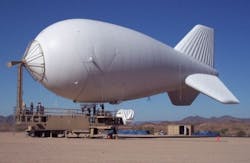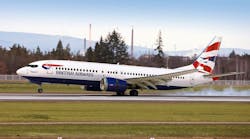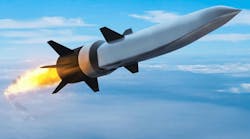PARIS, 23 June 2011. The Airbus A320neo passenger jetliner, which is shaping up to be one of the superstars of the 2011 Paris Air Show in Le Bourget, France, is the latest version of the Toulouse, France-based aircraft manufacturer's venerable A320 family of single-aisle narrow-body commercial airliners. The A320neo, which stands for new engine option, features modern fuel-efficient engines and upturned winglets, which Airbus calls "sharklets," to make the most of aerodynamic efficiency.The twin-engine Airbus A320neo family, which is scheduled to enter service in 2016, consists of the latest-model A320, A321, and A319. All the new aircraft have sharklet wing tips and offer a choice of the CFM International LEAP-X or the Pratt & Whitney PW1100G PurePower engines. These environmentally friendly engines provide the aircraft family with some of the best fuel efficiency in its class, Airbus officials say.The aerodynamic and engine improvements in the A320neo give the aircraft family a 15 per cent reduction in fuel consumption compared with earlier versions, as well as two tonnes of additional payload, as much as 500 nautical miles of more range, lower operating costs, and reductions in engine noise and emissions, company officials say.
Sharklets on the aircraft wingtips can add more than 3.5 percent savings in overall fuel consumption on long routes, while also improving takeoff performance and increasing payload by 1,100 pounds for additional range or more passengers.
The A320neo can seat as many as 150 passengers in a two-class arrangement, and as many as 180 passengers with high-density seating. The stretched-fuselage A321neo can seat as many as 185 passengers in a two-class layout, or as many as 220 passengers in a high-density cabin. The shorter-fuselage A319neo can seat 124 passengers in two classes or as many as 156 passengers in a high-density cabin setup.
For more information contact Airbus online at www.airbus.com.



